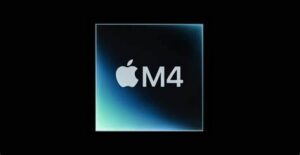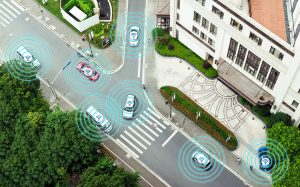Apple tries to get its nose under the OEM’s tent.
- Apple is working on ways to enable users to access vehicle functions such as seats or climate control from within CarPlay in a move that would herald the beginning of the end for the digital aspirations of the OEMs.
- Bloomberg has unearthed a new project by Apple called IronHeart that would allow vehicle passengers to access: Instrument cluster data, seats, audio settings, and temperature readings and controls.
- This would represent a substantial step forward in the utility of CarPlay and would almost certainly serve to further reduce the time that the user spends with the OEM’s own digital experience.
- This is what makes this move so dangerous to the OEM’s long-term outlook and is why I suspect that they will never allow IronHeart to get off the ground.
- CarPlay (and Android Auto) exist today as remote-control systems for smartphones.
- When they connect to the vehicle, the screen of the smartphone is projected into the head unit and all of the functionality runs on the device.
- The smartphone gets access to the speakers, microphones, and GPS signal of the vehicle but outside of that, it is a completely isolated system.
- This means that at the moment, CarPlay can only project onto the head unit of the vehicle and performs only three functions: navigation, audio entertainment, and audio calls.
- This means that many of the other functions need to be performed outside of CarPlay giving the user a reason to use the OEM’s own digital experience.
- Fortunately for the OEMs, there is no way that Apple can gain access to any of the functions proposed by IronHeart without the consent of the OEM.
- In my opinion, no OEM in its right mind will grant Apple that access given how it will increase the risk to their own fledgling digital ambitions.
- RFM research has concluded that demand for vehicles may decline by up to 65% over the next 20 years as a result of electrification and autonomous driving.
- There is no OEM around today that is likely to survive that and so they must seek other avenues of revenue of which RFM has identified digital vehicle services as by far their best shot.
- However, in order for this to work, users need to be engaged with the OEM’s own digital experience in the vehicle which becomes increasingly difficult to achieve if the user is spending all of his time in CarPlay (r Android Auto)
- This is why OEMs have no incentive to allow CarPlay access to their systems and why they should be working to make their own offerings as compelling as possible.
- To be fair to the OEMs, they have come a long way in the last 3 years and offerings such as Ford’s Sync4A offered in the Mach-E represent a big step forward.
- Consequently, I suspect that, like Apple’s attempts to build a vehicle (see here), IronHeart is not going to go anywhere.
- This is because as soon as the OEM allows Apple and Google access to these functions, all of the others are likely to soon follow rendering the OEMs to little more than Android handset makers.
- Apple will paint this as a harmless expansion of functionality but in reality, it is the camel’s nose under the tent and if allowed, the rest of the camel will soon follow.
- Access to the vehicle systems and their data is the one big control point that the OEMs have left and they need to use it so that they at least have a seat at the table when digital vehicle services begin to take off.
- I have long thought that failure to achieve this will result in them becoming also-rans in their own industry.
- Google has been trying this for some time with Android Automotive and despite plenty of press releases, progress in terms of getting the software into vehicles has been woefully slow.
- I suspect that IronHeart will go the same way.









